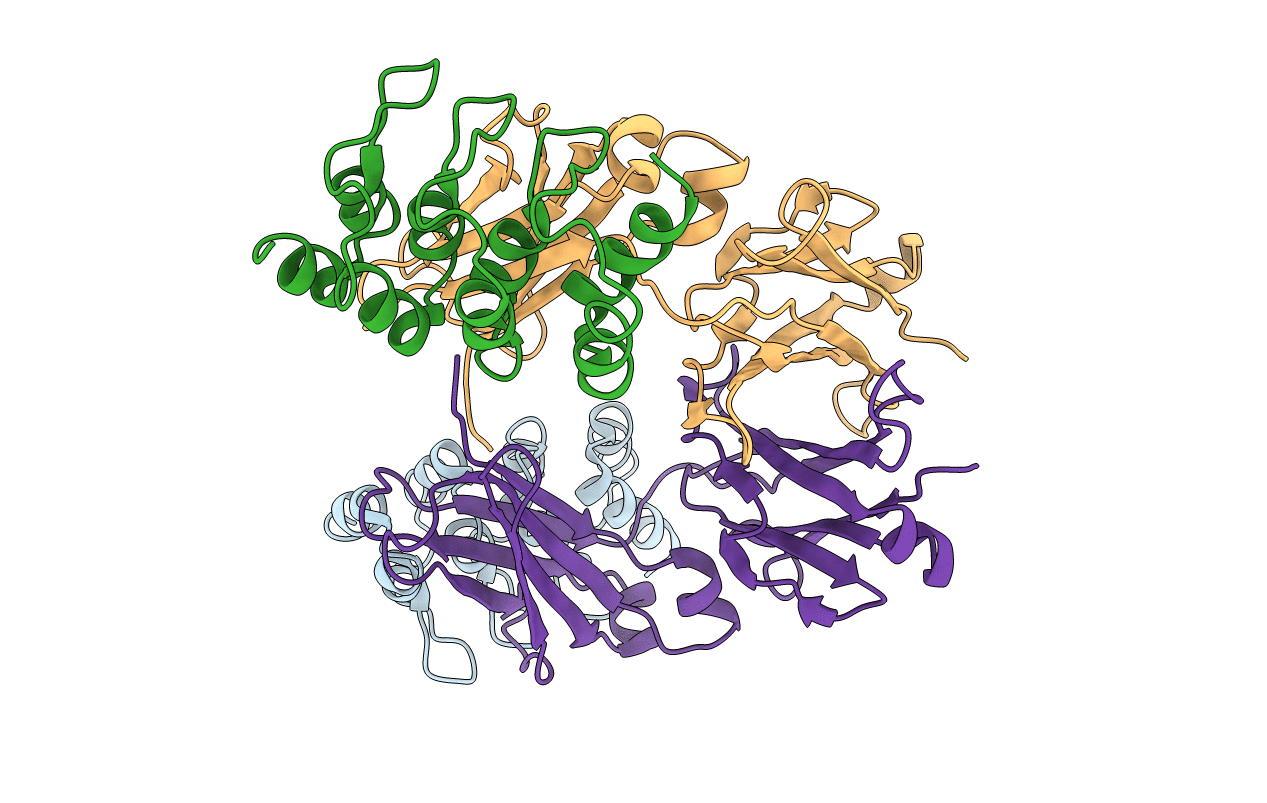
Deposition Date
2012-08-24
Release Date
2012-12-12
Last Version Date
2024-11-20
Entry Detail
PDB ID:
4GRG
Keywords:
Title:
Crystal structure of IgE complexed with E2_79, an anti-IgE inhibitor
Biological Source:
Source Organism:
Escherichia coli (Taxon ID: 562)
Homo sapiens (Taxon ID: 9606)
Homo sapiens (Taxon ID: 9606)
Host Organism:
Method Details:
Experimental Method:
Resolution:
4.24 Å
R-Value Free:
0.33
R-Value Work:
0.27
R-Value Observed:
0.27
Space Group:
P 32


